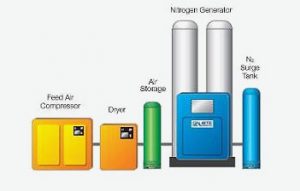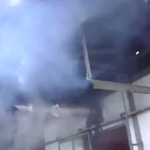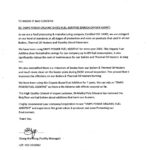FAQ of PSA generator
FAQ of PSA generator
 Q1: What is PSA generation?
Q1: What is PSA generation?
PSA stands for pressure swing adsorption. Absorption is actually a process which involves a chemical change. Generally accepted use of the term “absorb” implies a sponging effect. You can see the term has been misused for a long time. Since nothing we do is chemical, only physically separating molecules, our process is correctly called adsorption. It’s the process of separating molecules of gas from each other. The process is not chemical, produces no waste, and has no hazardous materials or effects. We use two sieve beds in all of our generators to achieve a constant flow of the Nitrogen or Oxygen delivery. The compressed feed air is fed into one sieve bed, then the feed swings to pressurize the other sieve bed hence the name Pressure Swing Adsorption.
Q2: How does PSA work?
Nitrogen – The holes of the CMS are so small that the oxygen molecules are able to go through and get captured inside the particles, while the larger nitrogen molecules remain outside. After allowing this separation process to go on for sometime, the free floating nitrogen molecules are released out of the vessel at low pressure and captured in a storage tank. When the nitrogen has been drawn out of the tank (or sieve bed), the pressure in it is released quickly, allowing the oxygen to escape into the air, cleansing the CMS for the next cycle. The Sieve bed is then re-flooded with pressurized air and the cycle begins again.
Oxygen – To gather oxygen, the Zeolite has larger porous surfaces, which attract the nitrogen molecules. As both oxygen and nitrogen flow through the Zeolite, the oxygen moves freely past, while the nitrogen is captured. This is because the Zeolite has an affinity for the nitrogen. The same process then takes place, the oxygen molecules are free floating and are drawn off into a storage tank. When these have been drawn off, the tanks are then purged ready for the next cycle.
Q3: What purity can they achieve?
Our PSA generators come as standard with an inbuilt oxygen analyzer so your purity is measured and displayed on the touch panel in real time. For our nitrogen systems, we have a patented Purity Exchange Valve which lets you choose three different purities with the one system – all controlled via the touch screen control panel.
NITROGEN
95%
97%
98%
99%
99.5%
99.9%
99.95%
99.99%
99.995%
99.999%
99.9995%
OXYGEN
90%
93% USP grade (± 3%)
93%
95%
FDA cleared medical Oxygen
TGA approved medical oxygen (for military POGS)
Q4: How long do they last?
We expect about 20-25 years life from a PSA Nitrogen system and we know we get 15–18 years in a PSA Oxygen system. Membranes are a different story. Since the membranes start degrading immediately and level off after one year, a unit will over-perform at first, however, if you are putting high-pressure air through the membrane and/or pushing high volumes of air through the unit to increase flow, the unit will need replacement in about 5 – 7 years.
Q5: Are they reliable?
Our technology is designed around using the simplest and most direct path to achieve the goal. We seek reliability through simplicity. We use all off-the-shelf parts so that our systems can be serviced by any mechanically inclined person, anywhere in the world. We have worked with and tested all technologies involving PSA gas production and continue to find that our time-proven basic technology, constantly tweaked and upgraded with innovation, makes the most reliable system in the world. The true genius is to make a complex process simple and understandable; then keep it that way.
However, saying that, just ask us and we will be glad to put you in touch with any of our long standing customers. Most of the time the answer you will hear is that they forget the system is even there. Don’t just believe what we say, talk to people who use the system and let them tell you the real story.


